New sunspot SPLITS in 2, says NASA; Will it blast another solar storm at Earth?
A newly formed sunspot, AR3245, has split its core into two halves. NASA Solar Dynamics Observatory recorded the event. It is now being feared that the split could turn the sunspot unstable and spark a solar storm on Earth.
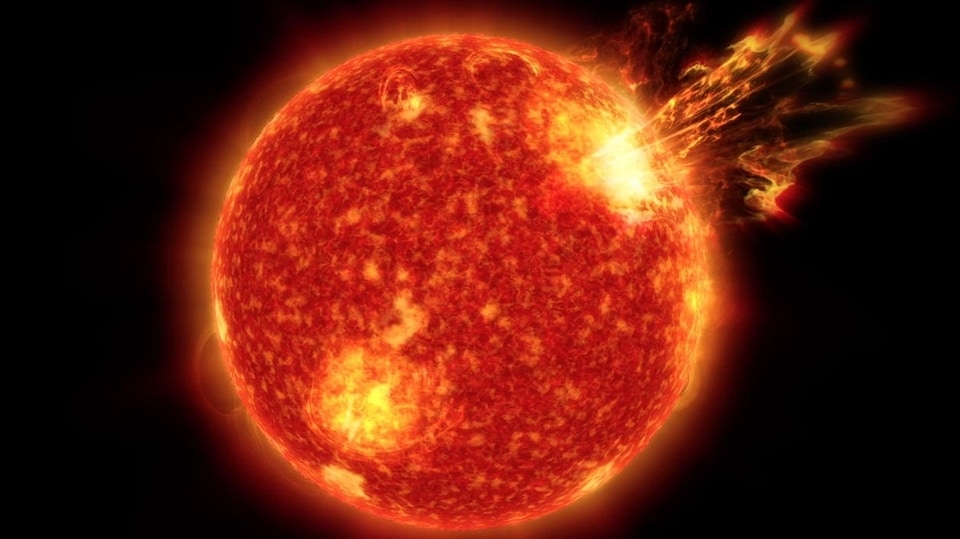
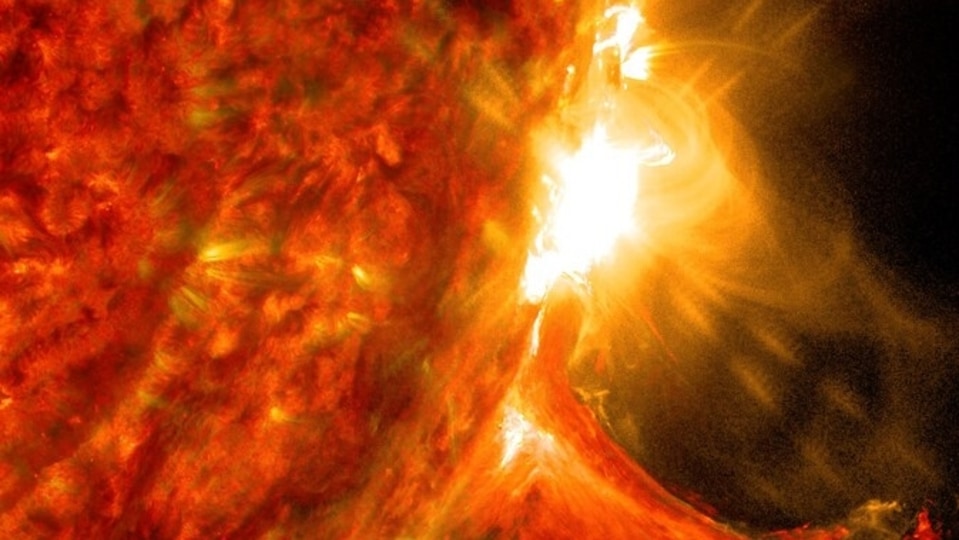
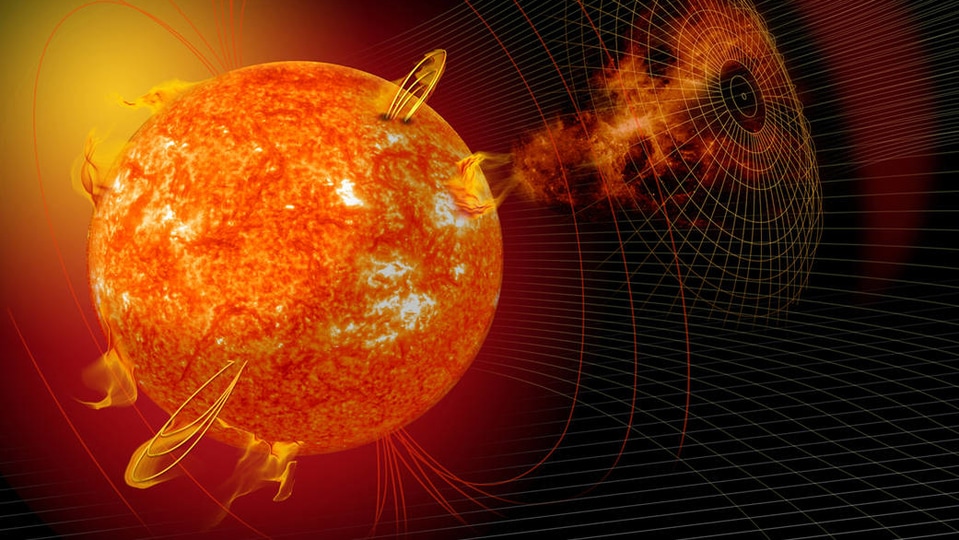
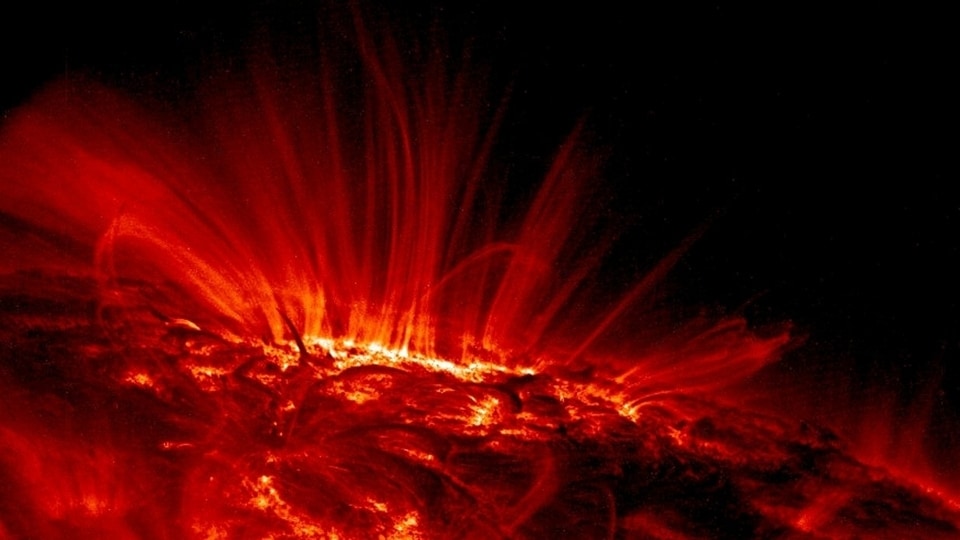
_1639373804152_1639373815879.jpg)
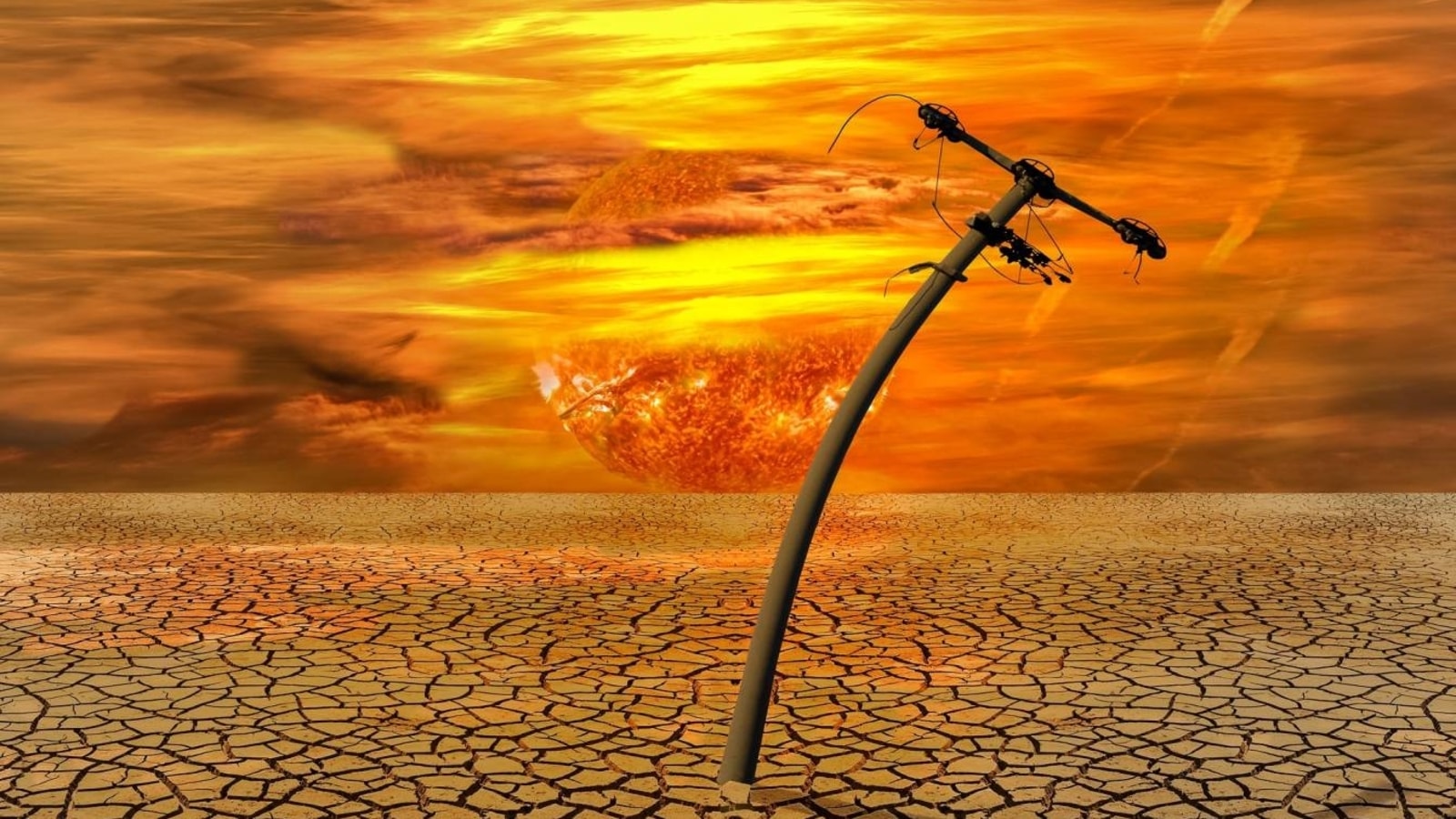
 View all Images
View all ImagesFinally, the notorious sunspot AR3234 has left the Earth-facing side of the Sun. This sunspot plagued the Earth with a series of explosions that caused multiple M-class and two X-class solar flare explosions. But just when it seemed that the Sun was quieting down, another sunspot has now come to the view. AR3245 is a newly formed sunspot which is giving headaches to astronomers. The NASA Solar Dynamics Observatory (SDO) has reported that the core of the sunspot has split in two halves. There is a possibility that this has made the sunspot unstable and it can blast a violent solar storm towards the Earth. Check details.
The development was reported by SpaceWeather.com which noted on its website, “Sunspot AR3245 is splitting in two. The bright, linear gap between the sunspot's two halves is known as a "light bridge." It measures 20,000 km from end to end”. Interestingly, the nature of this light bridge is not fully understood by astronomers and thus it is difficult to tell how the sunspot may react.
“The light bridges often herald the break-up of a sunspot, with jets of plasma shooting up from the chasm as the sunspot decays. Some research suggests that magnetic fields at the base of a light bridge are busy criss-crossing and reconnecting--the same explosive process that sparks solar flares,” the report added.
Sunspot splitting sparks fears of solar storm
Solar activity is on the rise as is clear form the fact that both January and February, 2023 broke records in terms of average sunspots seen in a month and March is headed in the same direction. Not only has this month seen quite a few sunspots, it has also witnessed multiple solar storms. Additionally, historical data of 75 years show that solar storms are twice as likely during equinox as compared to the rest of the year. And since March 21 is the equinox, there are fears of an extremely strong solar storm onslaught.
Such powerful solar storms are capable of causing a wide range of destruction. They can damage satellites, power grids, radio communications and other electronic devices, even medical ones. They can also disrupt wireless communications, mobile phone network, internet, GPS and more. Finally, in rare cases, solar storms have also been associated with forest fires. In short, a powerful solar storm can send us directly to the dark ages, if you look at the worst-case scenario.
Catch all the Latest Tech News, Mobile News, Laptop News, Gaming news, Wearables News , How To News, also keep up with us on Whatsapp channel,Twitter, Facebook, Google News, and Instagram. For our latest videos, subscribe to our YouTube channel.





























